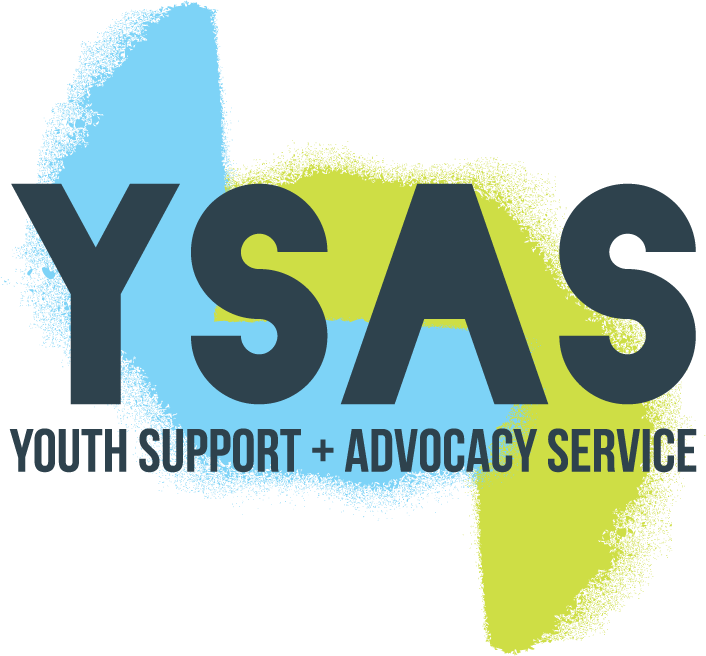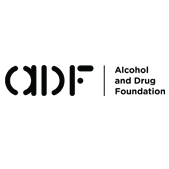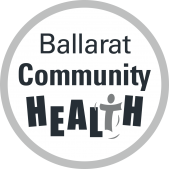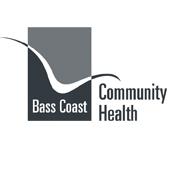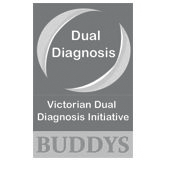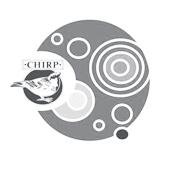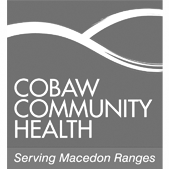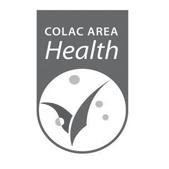Understanding Youth Drug & Alcohol Use
How does ice work? (for dummies)
Ice is one form of methamphetamine. Using ice causes a surge in brain chemicals called neurotransmitters that are vital to the normal healthy function of the human brain with each responsible for regulating different functions.
The main neurotransmitter effected is Dopamine-huge amounts are released when ice is used but ice also effects serotonin and noradrenaline. In understanding the role these neurotransmitters play we can see how ice use impacts a young persons's functioning.
- Dopamine regulates pleasure, motivation, reward, attention and memory planning
- Noradrenaline also regulates attention as well as arousal and mood
- Serotonin helps noradrenalin regulate mood and regulates cognition, appetite, learning perception & sleep
When a young person takes meth, the huge surge in dopamine that follows explains the feelings of elation, euphoria, alertness, focus and motivation that a person may feel. It also explains why, in high doses, Meth can keep a person awake for days and in some cases, lead to suspiciousness, paranoia and psychosis.
It is important to understand that not only does ice cause the brain to release these chemicals but it also prevents the brain reabsorbing them so they can’t be used again. This creates a short term (about 3 days) shortage of these important neurotransmitters while the brain manufactures more. Low mood, poor attention, irritability, trouble with sleep and difficulty concentrating are common in the days that follow use.
What’s more, with longer term use of meth a person’s brain may struggle to produce dopamine (and noradrenaline and serotonin), taking longer and longer to produce a smaller amount. This results in chronic long term shortages. In the case of dopamine, even after the use of ice has ceased it can be several months before dopamine levels are restored to normal.
It stands to reason that a person who’s dopamine serotonin and noradrenaline are running low will crave the drug that causes them to feel elated, awake and alert and help them to focus and concentrate.
This is why ice use is associated with strong cravings over a longer period of time with a higher risk of lapse and relapse. Learn how you can tailor your work to best work with young people using ice.




